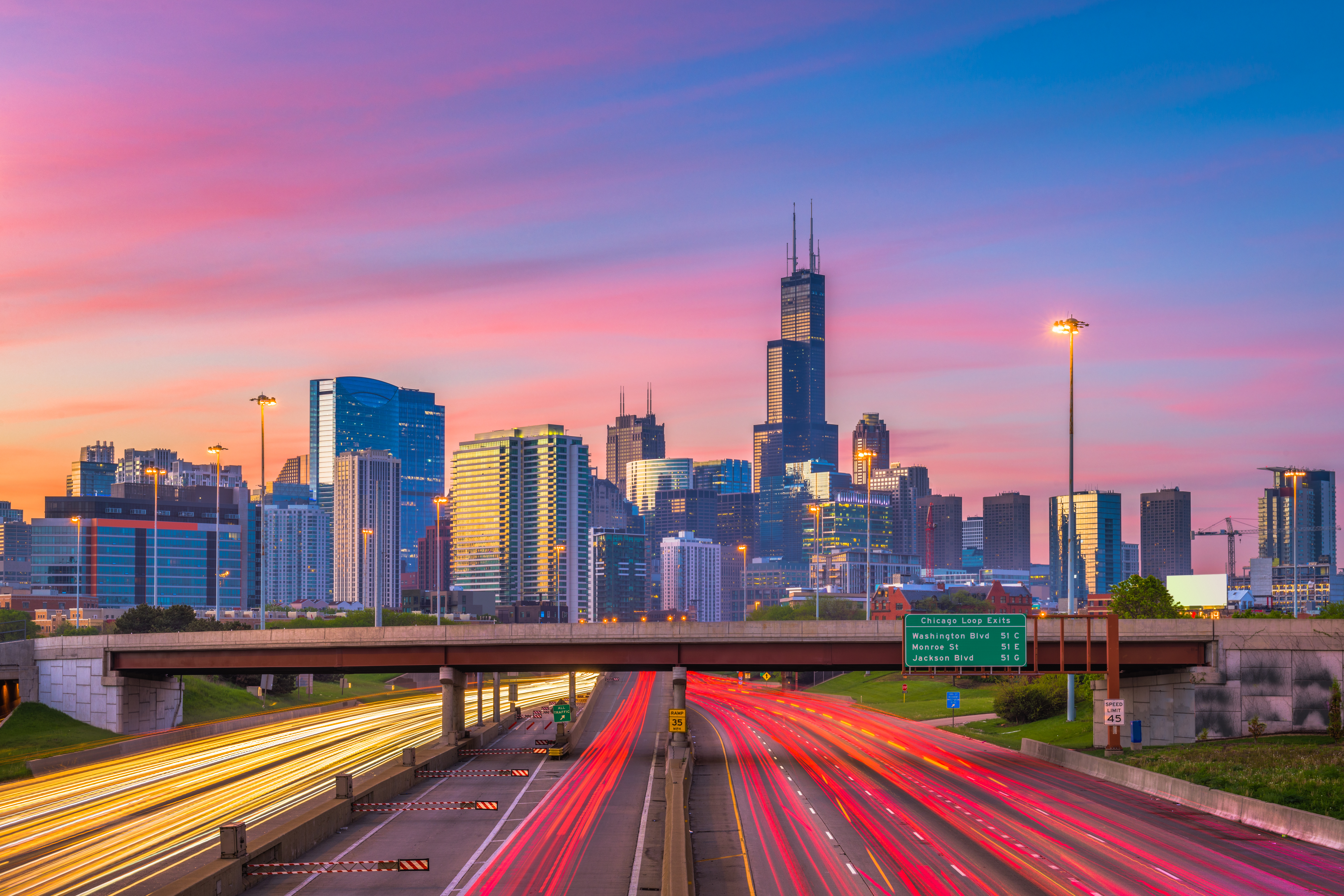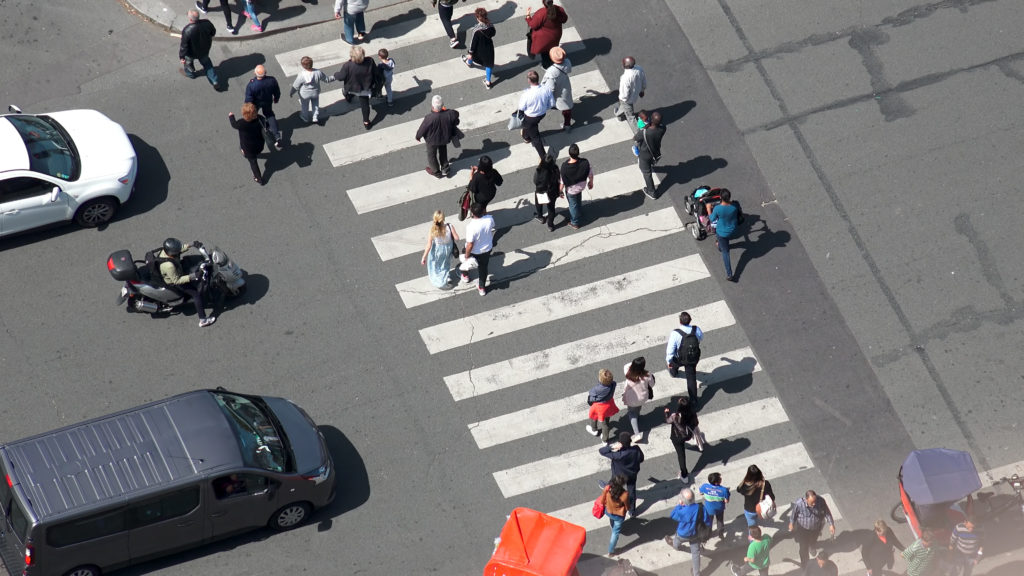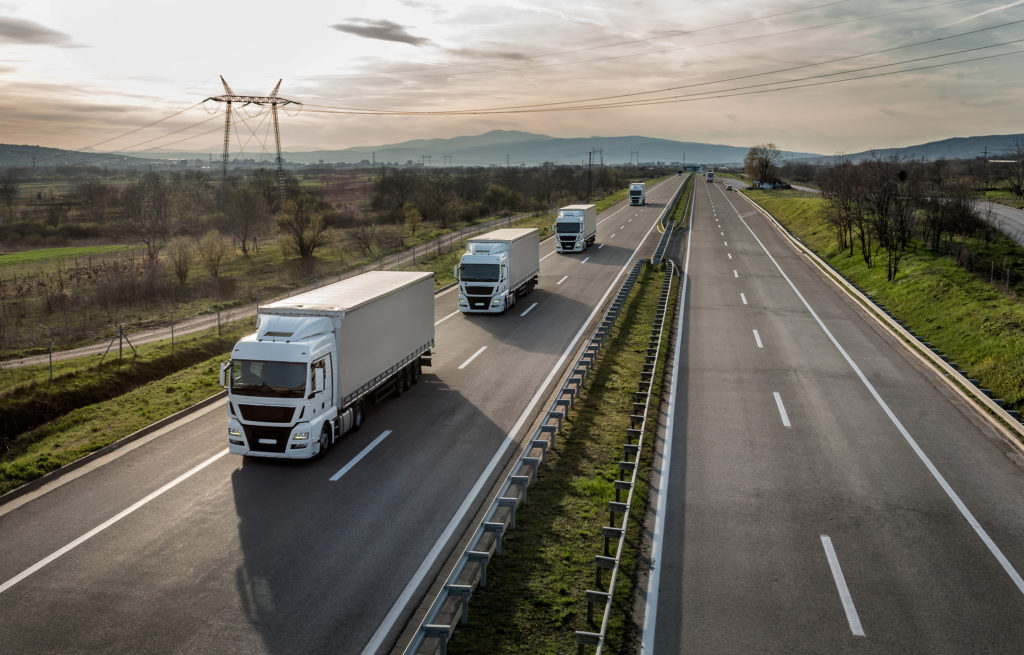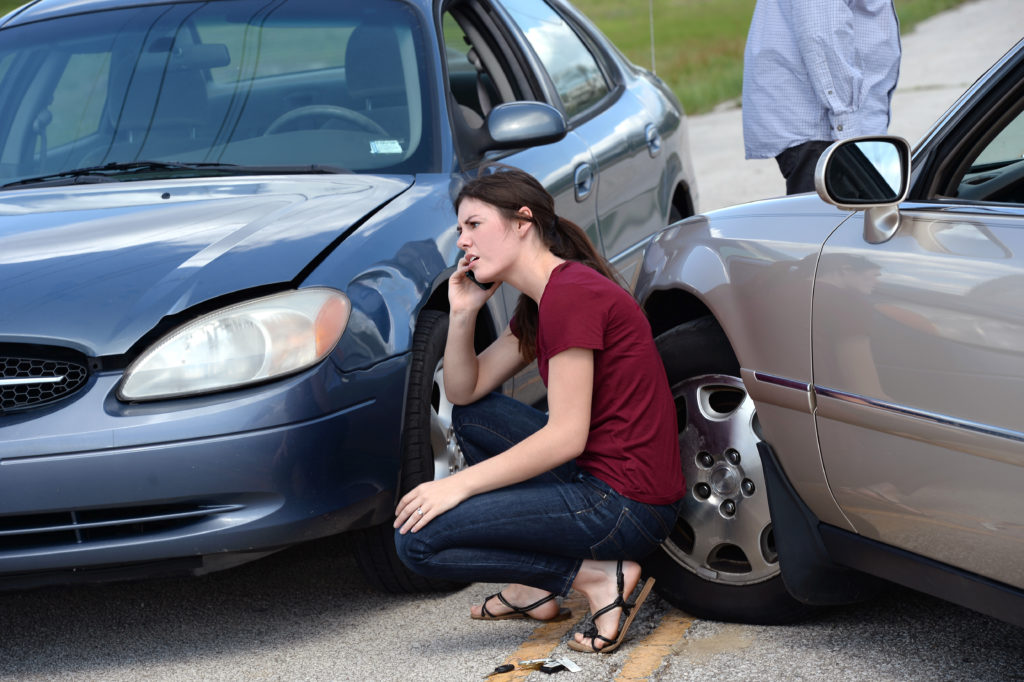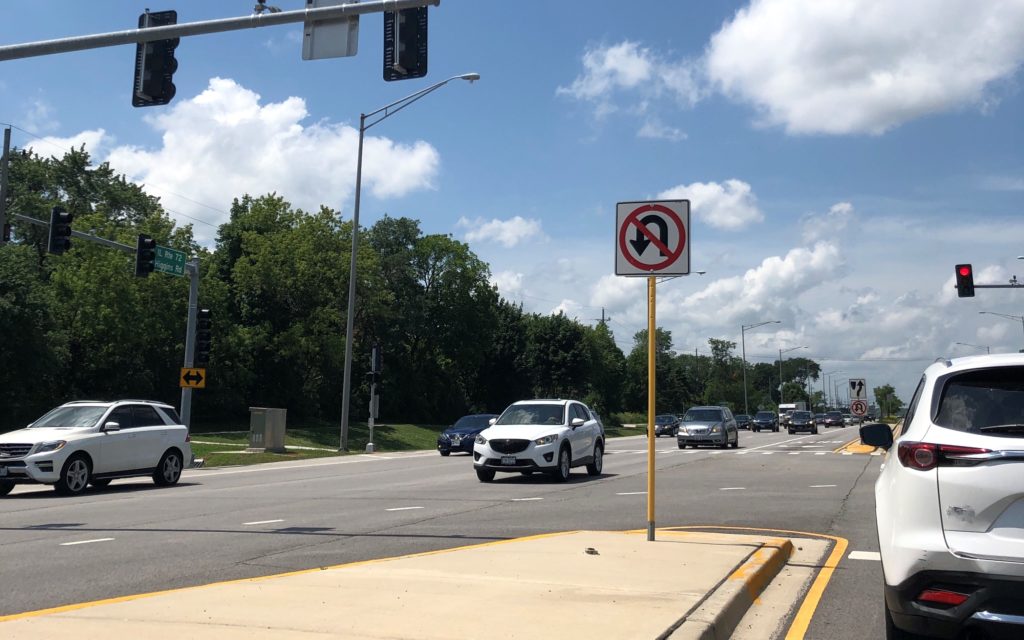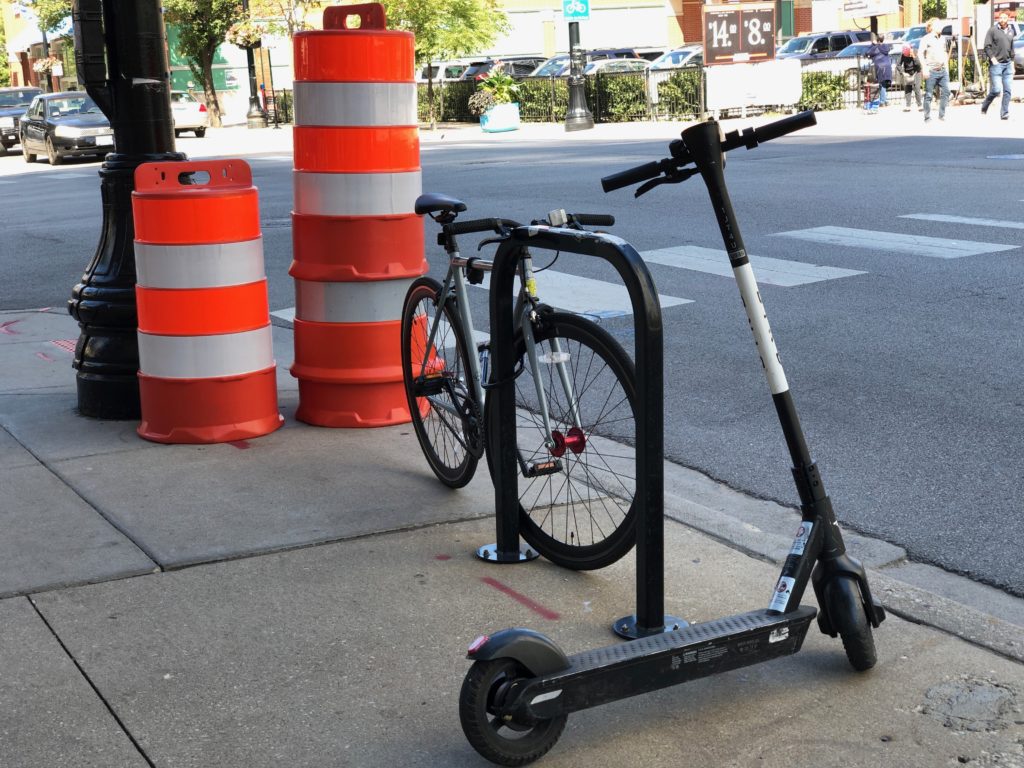
New Data Provides Further Insight on Chicago’s Scooters
A new study conducted by DePaul University researchers has discovered that the electric scooters the city recently adopted as part of a four-month long trial are now being used as legitimate choices for commuting during morning and evening rush hour periods. What was once deemed a fad that many cities throughout the United States were quickly shutting down due to safety hazards and an overall lack of regulations for the public has now shown that maybe they are more useful than originally thought. The study, which was done by the Chaddick Institute for Metropolitan Planning, looked at 12 hours of data from a single day in the month of July. Ultimately, what this data was able to show was that in the roughly 2000 scooters trips that were taken in single day, a majority of the rides took place between 7-9am and 5-7pm.
As many in Chicago and the surrounding suburbs already know, traffic in the city can be grueling. Just like any large city, it seems that the traffic will simply never end. This new research seems to suggest that some individuals throughout the city may be turning from public transportation and vehicles altogether, and joining the scooter sharing fleet. Joseph P. Schwieterman, one of the researchers who conducted the study stated “I thought perhaps scooters were a novelty and people would use them in their leisure time, to make their social activities a little easier, but what we found is that rush hour is when most of the money is being made.” Such results from the pilot program are very important to note. While the scooters may seem like non-factor in the larger view of the city’s infrastructure as a whole, the reality is that people will go to great lengths to make their trips quicker in the morning and evening. While Chicago has clearly experienced the negatives associated with scooters, data such as this may begin changing people’s perspectives of the scooter sharing program altogether.
Of course, just because people are beginning to adopt the pilot program, does not mean it is in the best interest of city residents. As we have continuously covered, allowing scooters within city limits poses a severe risk to pedestrians and bicyclists in the city, as well as the scooter riders themselves. At this point, there have not been any developments regarding the most pressing issue – the fact that the scooter companies have failed to establish insurance coverage for riders. This effectively creates an insurance gap which could place riders in a dangerous and expensive situation if an accident were to occur. All of this is to say that while the scooters become more popular and the city becomes accustomed to seeing them, the city should also be making strides to make them much safer and establish further regulations that ensure that riders and the surrounding public are protected legally as well.
Lightfoot to Hold Town Hall on Budget Spending; Updates Expected Regarding the City’s Infrastructure
Mayor Lightfoot has announced that she will be holding several town hall meetings for Chicagoans in September 2019 to allow for open discussion regarding the City’s budget as a broader attempt to provide transparency to the city’s residents. One of the topics that will likely be discussed is how the city plans on spending the significant increase in funding it is set to receive as part of Governor Pritzker’s $45 billion capital plan that was announced in May of 2019.
We previously wrote on the plan’s overall impact on the crumbling infrastructure throughout the state, especially the roads and freeways connecting Chicago to the surrounding suburbs. Mayor Lightfoot’s townhall should hopefully provide some further updates on announced projects, such as the Kennedy Expressway reconstruction and the I-80 Ridge Road to Lincoln Highway rebuild. While these projects will likely take a significant amount of time to be completed, its important they are followed through as it was announced earlier in May that Illinois drivers were losing roughly $18.3 billion per year due to poor infrastructure and traffic.
Further, the City of Chicago has released a 2020 Budget Survey that asks city residents which areas of the budget should receive reduced or increased spending. If you are interested in attending any of the meetings, see below for further information:
- 6:00 p.m. to 8:00 p.m. Wednesday, September 4 at the Copernicus Center on 5216 W. Lawrence Ave.
- 9 a.m. to 11 a.m. on Saturday, September 14 at Roberto Clemente High School on 1147 N. Western Ave.
- 6:00 p.m. to 8:00 p.m. on Thursday, September 19 at Southeast United Methodist Youth and Community Center (The Zone) at 11731 S Ave.
- 6:00 p.m. to 8:00 p.m. on Wednesday, September 25 at Lindblom Math and Science Academy, 6130 S. Wolcott Ave.
